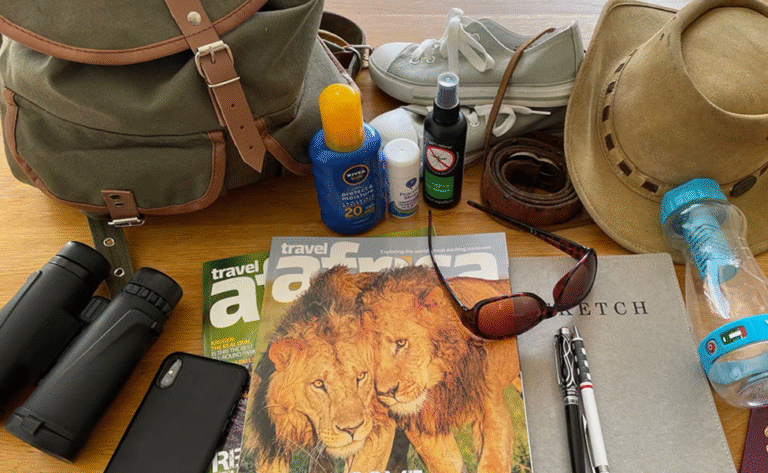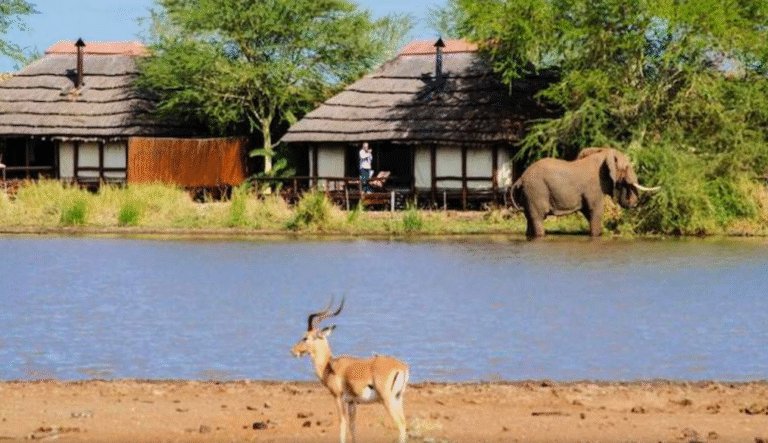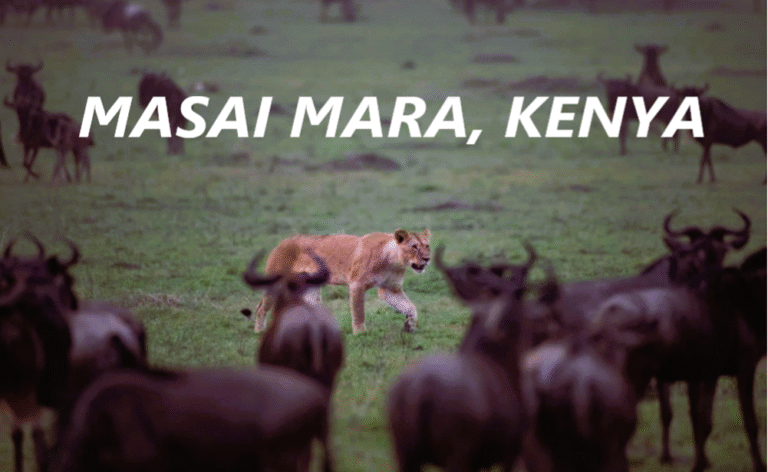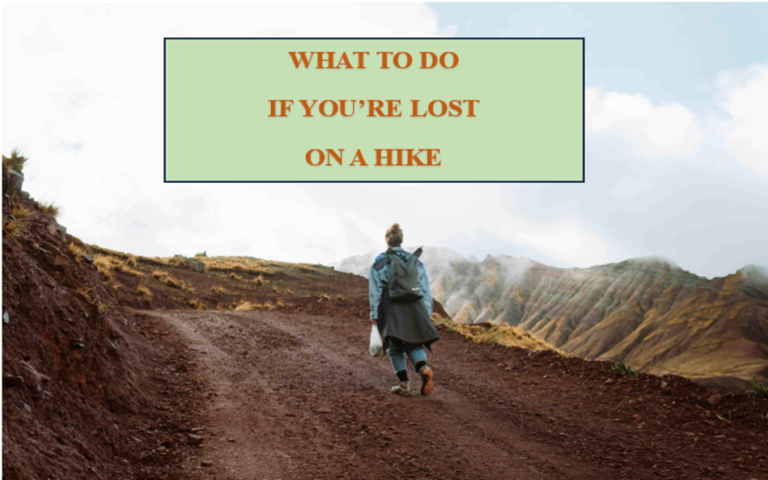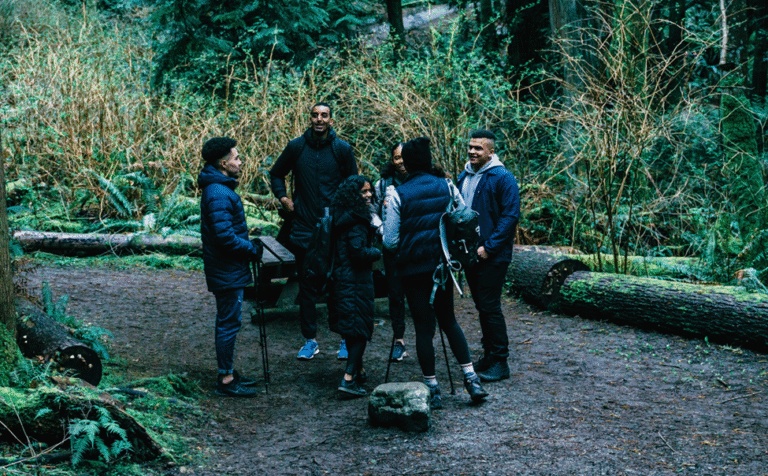
Trekking is one of the most popular outdoor sports. It allows people to explore nature and test their physical limits. However, there are risks involved. Understanding these characteristics is critical to a safe hiking excursion. Let’s have a look at some of the risks linked with trekking.
Understanding the Risks of Trekking
Trekking is a physically demanding activity. It requires walking on uneven terrain. The longer the trek, the higher the risks. Trekking in remote areas can be even more dangerous. The absence of proper facilities or emergency services increases these risks.
Risk 1: Physical Injuries
Trekking can be difficult due to the rough and uneven terrain, which can cause injuries. Sprains, falls, and stumbles are common ailments that can affect the muscles, ankles, and knees. Wear appropriate footwear and proceed with caution on slick or unstable surfaces to help prevent injury.
Risk 2: Altitude Sickness
Altitude sickness is another major risk of trekking. It occurs when hikers climb to higher elevations too soon. The shortage of oxygen at higher elevations can cause dizziness, nausea, and headaches. Gradual acclimatization to altitude can help to lessen this danger. To remain safe, stay hydrated and avoid overworking yourself, particularly in the first several days.
Risk 3: Dehydration
Dehydration is a big problem while trekking. Walking for hours might lead to excessive sweating and fluid loss. In hot areas, dehydration is considerably more harmful. Always carry enough water and drink it often, even if you don’t feel thirsty. Lack of water can cause weariness, dizziness, and confusion.
Risk 4: Extreme Weather Conditions
Weather patterns in hilly or isolated areas may vary unexpectedly. Trekkers may face hazardous situations such as sudden storms, severe rain, or extreme heat. Cold exposure can result in hypothermia, whereas high temperatures can cause heat stroke. To be safe, always check the weather forecast before departing, and bring suitable clothing and equipment for changeable conditions.
Risk 5: Wildlife encounters.
While trekking in certain areas, you may come across wildlife. Bears, snakes, and other wild animals might pose a concern. It is vital to understand the animals in the region. Stay cool and avoid luring animals with food. In some regions, it may be preferable to hike with a guide who is familiar with the species.
Risk 6: Getting Lost
Trekking in remote areas carries the risk of losing your way, especially when trails are poorly marked or navigational tools are unavailable. Always carry a map, compass, or GPS to help you find your way. Inform someone about your planned route and expected return time for added safety.
Risk 7: Lack of Access to Medical Help
Trekking typically takes you to isolated areas far from population centers, where medical treatment may be limited. Injury or health problems may worsen due to a lack of close medical options. It is vital to have first aid equipment and know basic first aid skills. Trekking with a guide or in a group is recommended for increased safety.
Risk 8: Overexertion
Overexertion is common, especially among inexperienced hikers. Pushing your body too hard can cause fatigue, dehydration, and damage. Knowing your limits will help you avoid overexertion. Take regular breaks, be reasonable, and listen to your body. If you start to feel tired or unwell, take a break and let your body rest.
How to Minimize Risks When Trekking
While hiking carries some risks, these can be mitigated with good planning. Begin by preparing your body for the adventure. Increase your stamina, strength, and flexibility. Always check the trail and weather forecast. Pack appropriate equipment, including sturdy shoes, plenty of water, and a first-aid kit. Finally, always go with a guide, especially in unfamiliar or risky territory.

Trekking, while exciting, is not without peril. Understanding and planning for the hazards associated with physical harm and severe weather is critical. By following the steps above, you can enjoy a safe and unforgettable hiking trip. Stay attentive at all times and prepare for any unforeseen hazards on the trail.
FAQ’s
What are the common risks of trekking?
How can I prevent altitude sickness while trekking?
What should I bring to avoid dehydration while trekking?
What should I do if I get lost during trekking?
Can trekking cause physical injuries?

